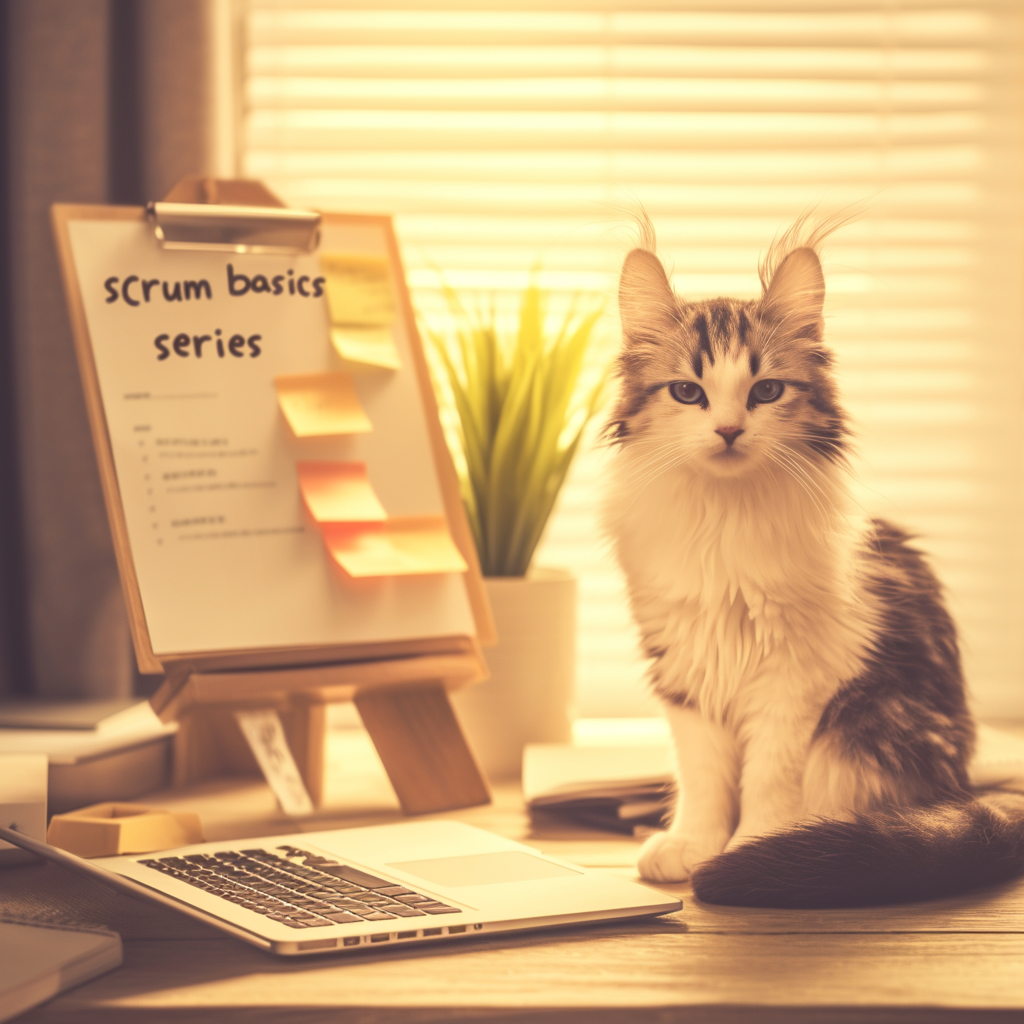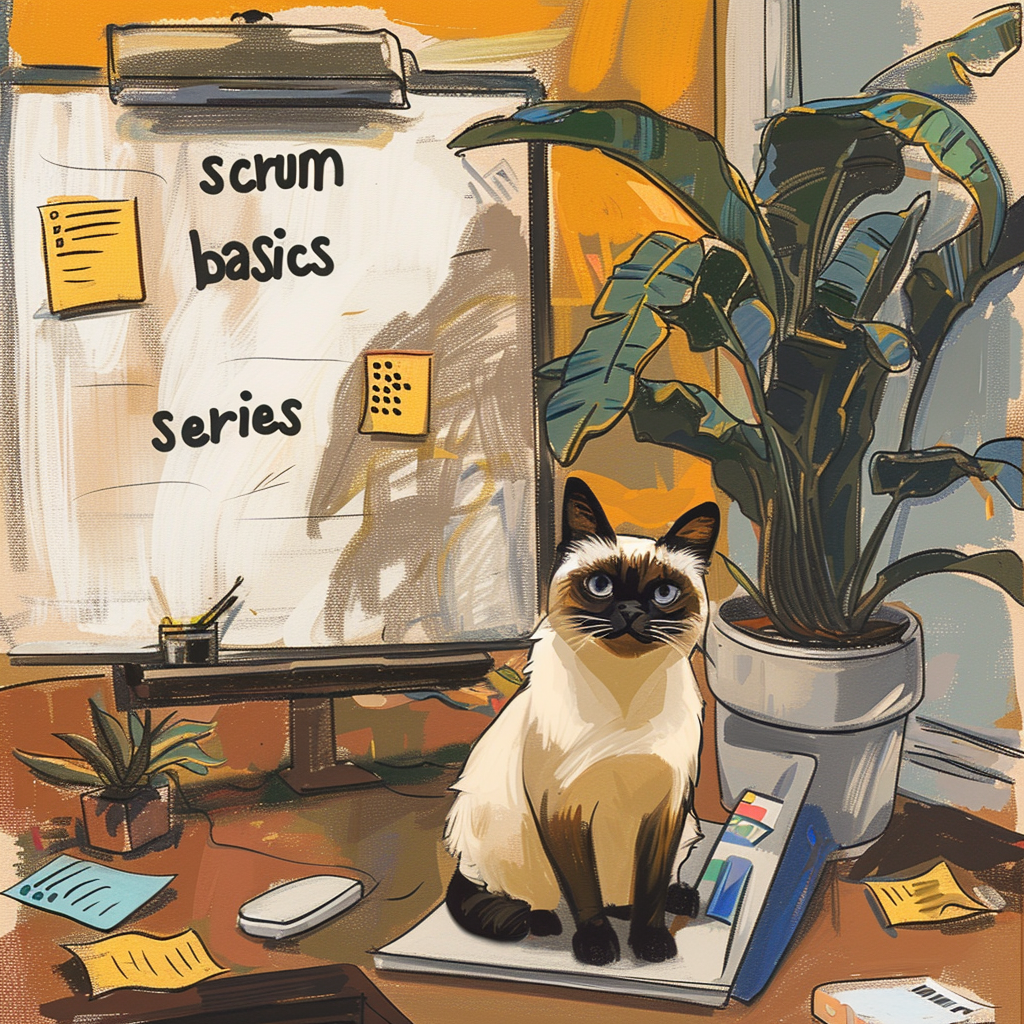Scrum for Beginners 3-5-3 Part 8 The Sprint and 3 Pro Patterns

Hello! This is Part 8 of a series on scrum using the 3-5-3 framework (3 roles, 5 events, and 3 outputs) where we use the Scrum Guide as a base for our learning.
In this article we will cover:
Click the emoji to jump to each section in the article.
What is the Sprint?
The sprint is one of 5 scrum events as detailed in the Scrum Guide. However, unlike the other 4 scrum events, the sprint is not a meeting.
As a tip, if you want to know basic information about scrum, the Scrum Guide is a fantastic resource.
The Scrum Guide says:
Sprints are the heartbeat of Scrum, where ideas are turned into value.
...The Sprint is a container for all other events.
They are fixed length events of one month or less to create consistency. A new Sprint starts immediately after the conclusion of the previous Sprint.
...All the work necessary to achieve the Product Goal, including Sprint Planning, Daily Scrums, Sprint Review, and Sprint Retrospective, happen within Sprints.
Since the sprint itself is a container for all other sprint events, that means that a sprint is not complete until and unless it contains the following:
- Sprint Planning
- Daily Scrums
- Sprint Review
- Sprint Retrospective
- All the required pieces of each of the above events
All of the work necessary to achieve the Product Goal and by extension, the Sprint Goal, happen within the sprint.
The sprint typically has a duration of 1-4 weeks max. This maximum exists to preserve the transparency provided by short feedback loops at the team and product level.
As per the Scrum Guide:
When a Sprint's horizon is too long the Sprint Goal may become invalid, complexity may rise, and risk may increase.
...Only what has already happened may be used for forward-looking decision making.
Sprint lengths exist to enable predictability through inspection and adaptation of progress. Though there are tools such as burn-up charts, burn-down charts, and cumulative flow charts, empiricism is the root of scrum and ideally scrum teams have a chance to inspect and adapt their progress at least once a calendar month.
Who joins the Sprint?
In order to answer this question let's review the purpose of the sprint.
Sprints are the heartbeat of Scrum, where ideas are turned into value.
This is the core purpose of the sprint: this is where we do the work, including inspecting and adapting based on what we've learned.
The above explanation tells us all we need to know about who joins:
- The Scrum Team (scrum master, developers, PO)
- All other roles who will be necessary for any part of the sprint
A few examples of other roles are designers, buisness members, UX researchers, marketers, and maybe even end-users.
Just who will be necessary in a sprint will depend largely on the product and the organizational structure.
3 Sprint pro patterns for any team
Here are 3 quick pro patterns for more productive sprints:
1 .Consider the sprint length that is best for your scrum team/s and your product
Think about the life cycle of your product and the market when choosing a sprint length. The goal is to maximize value and keeping track of rhythms in the market is important to achieve this. Additionally, consider that not all scrum teams on a product need to be on the same cadence. Finding a sprint length that makes sense and gives the best results may not be easy but can be the difference between an effective and ineffective sprint before it even starts. Going with a two week sprint is often a good place to start when there is uncertainty about sprint length.
2. Avoid rolling work from one sprint over into the next sprint
Work that is not completed within the sprint should be re-inspected, resized and reprioritized if necessary, and should only go into the next sprint if that is what is determined to be the best choice for the product.
3 Remember that a sprint can be canceled
According to the Scrum Guide, there is an appropriate time to cancel a sprint:
A Sprint could be cancelled if the Sprint Goal becomes obsolete. Only the Product Owner has the authority to cancel the Sprint.
This is the only time a sprint can be canceled and only the Product Owner can choose to cancel a sprint. In the event of a sprint being canceled, a retrospective is often held on why the sprint was canceled and what happened to prevent value from being deliverable.
I hope this helps clear up some basic information about the sprint and gives you some inspiration for how you can make your sprint more effective.




